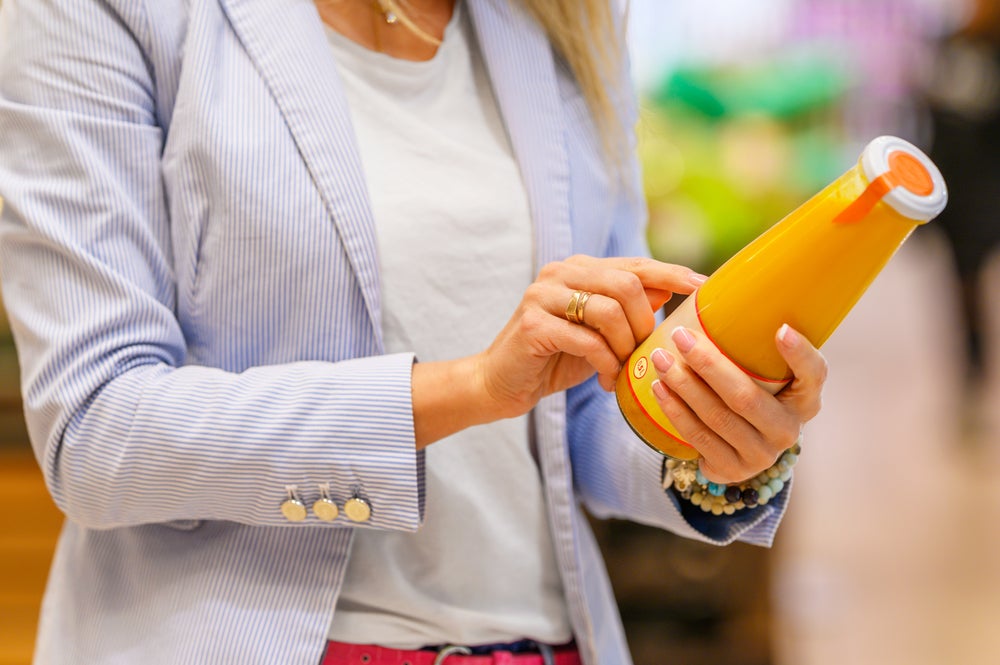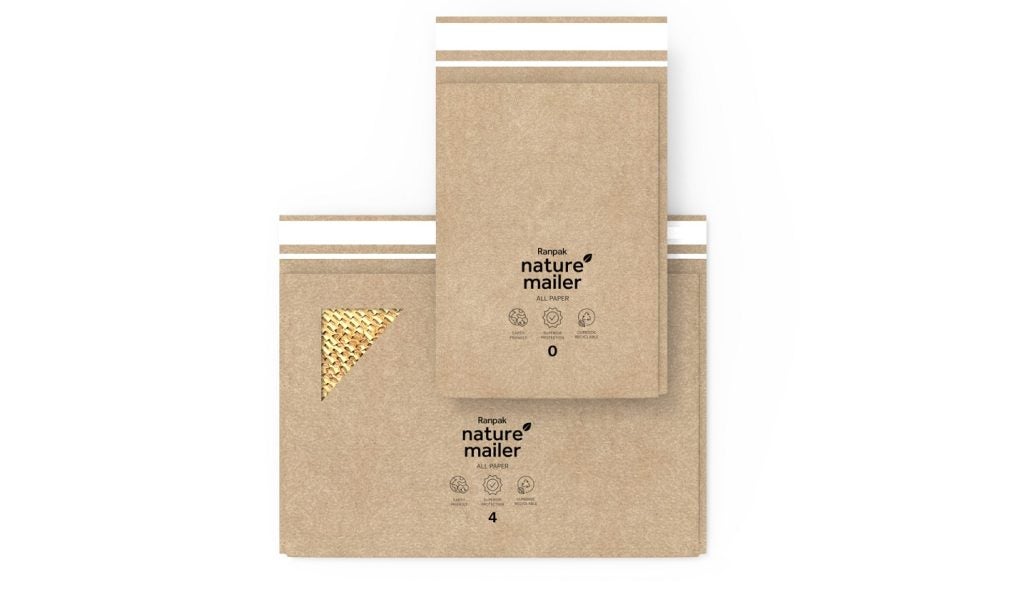According to new research, over half of people with food allergies (56%) in the UK have had an allergic reaction from mislabelled or unclear food packaging, with 23% suffering multiple reactions.
Seven in 10 people with food allergies said they felt nervous whenever they ate food that they did not prepare or was not prepared by a close family member.
Non-profit organisation GS1 UK finds that these high percentages could be caused by inadequate food labelling practices in the UK. This includes unclear and inaccurate labelling, ambiguous phrases such as ‘may contain nuts’, and a worrying lack of consistency.
Tracking down information
Most people with food allergies (60%) rely on reading product packaging in-store to access allergen information – but only one in four who check food labels (24%) always find the information they need.
Even if the information is found, people with food allergies are almost twice as likely to distrust it compared to those without (12% vs 7%), citing concerns over accuracy (53%), vague language like ‘may contain’ (52%), small writing (27%) and the omission of their dietary requirements (13%).
As a result, many with food allergies take to searching online (41%), looking for product leaflets (23%), visiting manufacturer websites (24%) and asking in-store staff (17%) to access this important information.
However, 43% of those with food allergies say that they would prefer to access product information by scanning packaging with their smartphone.
QR codes increase consumer confidence
People with food allergies were more likely than those without to have their purchasing decisions influenced by the availability of detailed product information via a QR code (83% vs 58%) – with two-thirds (64%) already using their smartphones to scan packaging that features a QR code.
A third (33%) said they’d be more likely to choose products with QR codes on pack, with 29% saying this would increase their confidence in a product.
Key information that people with food allergies would like to see when scanning QR codes includes full lists of ingredients (57%) and allergens (56%), health and nutritional information (41%) and details on precautionary allergen labelling (PAL) like ‘may contain’ (37%).
















